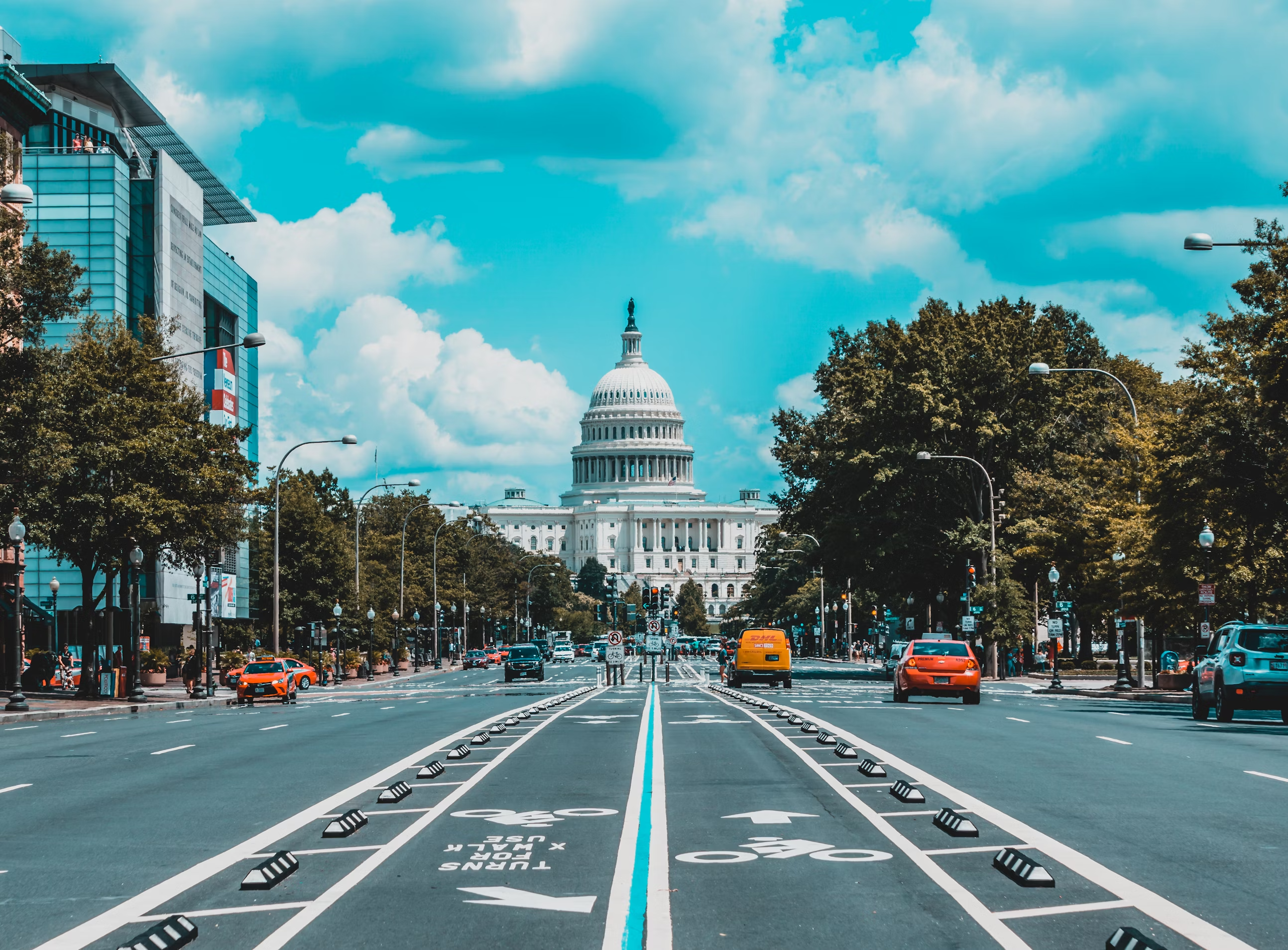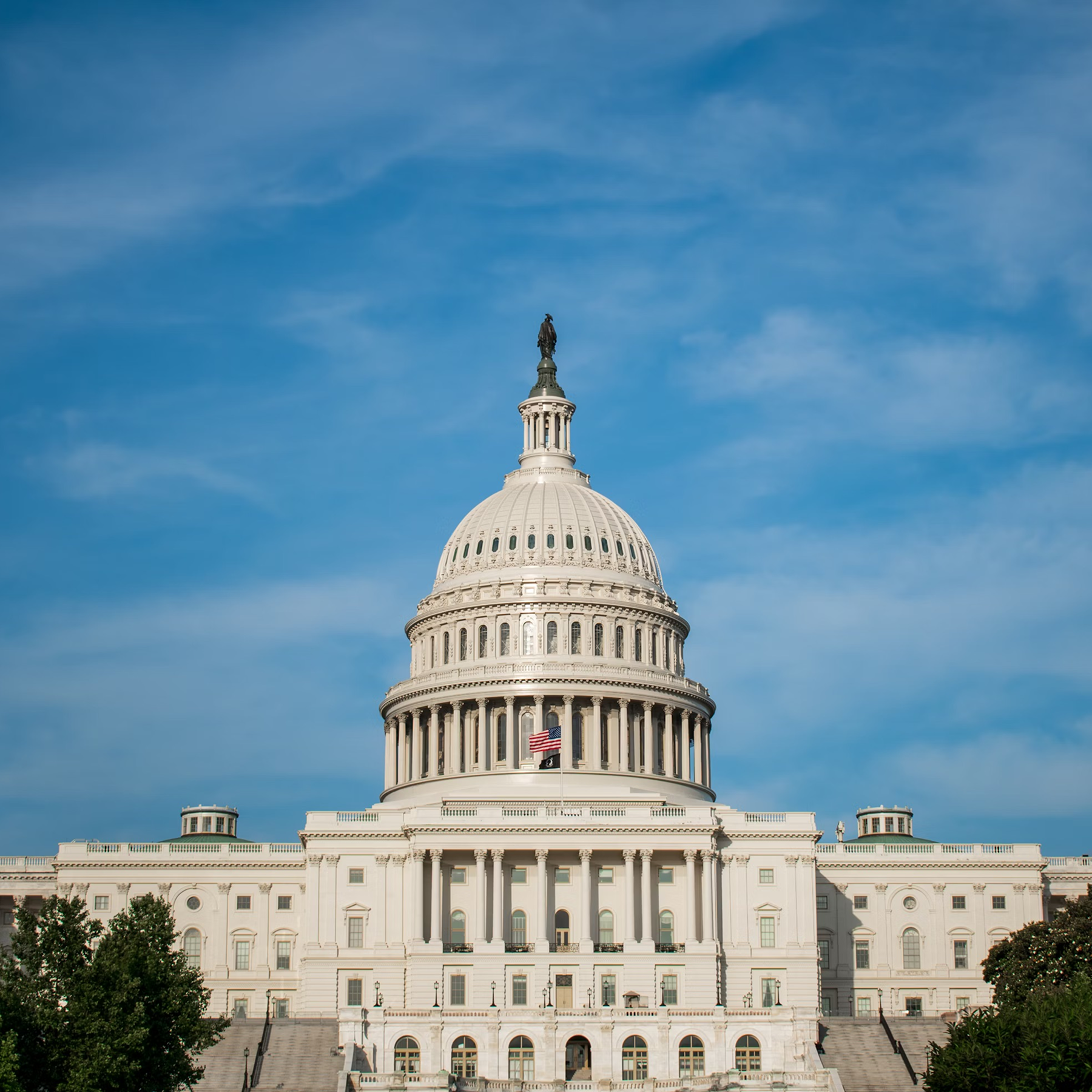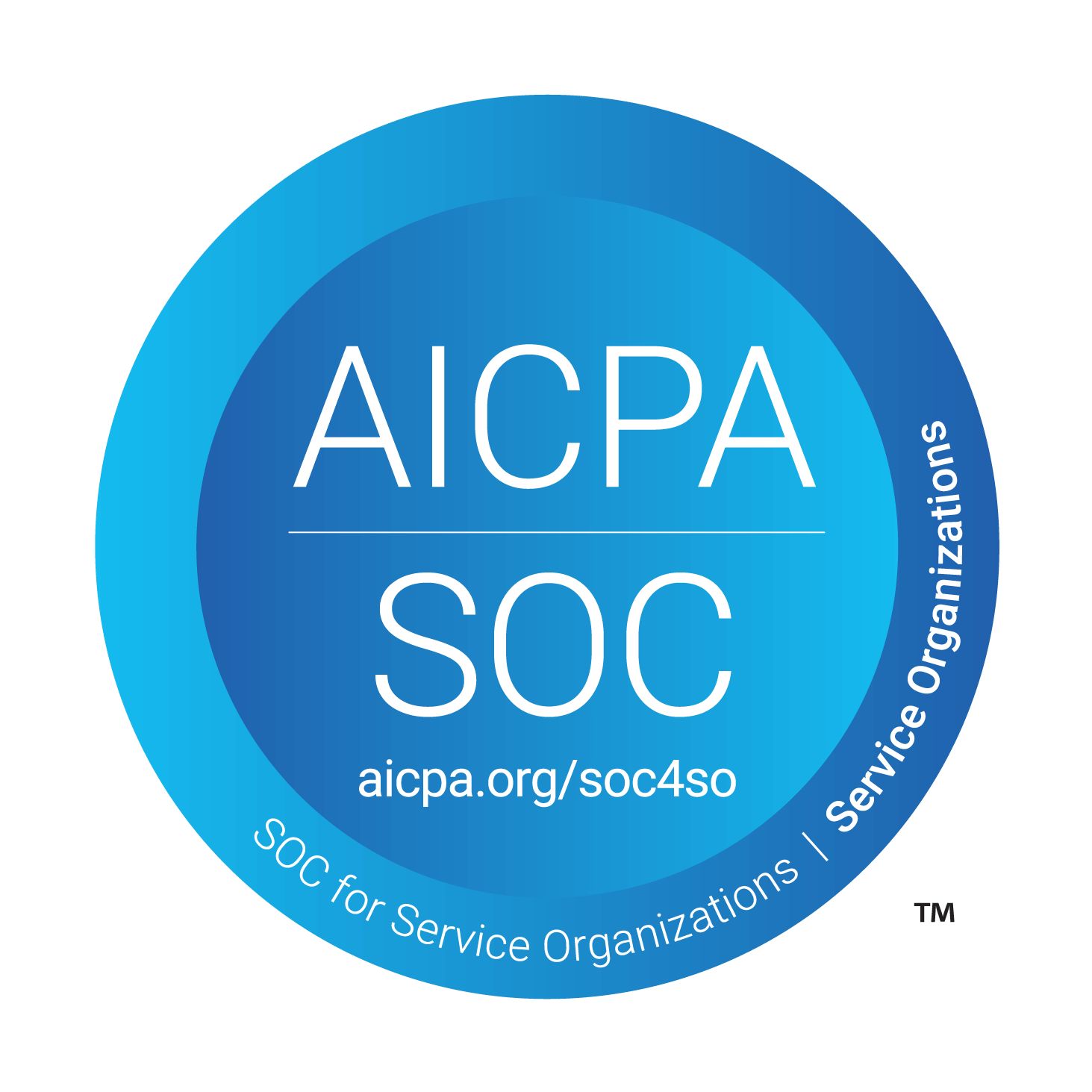The Gold Visa USA, officially called the Gold Card program, is a new initiative that offers a fast-track green card route for highly skilled and high-value foreign nationals who are willing to make a significant financial contribution to the United States. The visa is designed to create a streamlined path to lawful permanent residency (green card status) for eligible entrepreneurs, investors, and other exceptional individuals by donating $1 million (or $2 million via a sponsoring company) to support U.S. economic interests. In this article, we explain what the Gold Card program is, who qualifies and how it works, its benefits for various groups, the required contribution structure, and how those funds help promote American industry.
What is the Gold Card Program?
The Gold Card program is a new U.S. immigrant visa initiative designed to attract top global talent and investment to the United States. Announced via an Executive Order from the White House, the program’s goal is to realign immigration policy with national interests by prioritizing applicants who will benefit the nation’s economy. This Gold Visa immigration pathway directly ties immigration eligibility to a contribution that supports U.S. economic growth. By doing so, the program aims to welcome successful entrepreneurs, investors, business leaders, and other high-value individuals who demonstrate their commitment to advancing U.S. interests.
The program is designed to explicitly target “high-value contributors to American society, including successful entrepreneurs, investors, and businesspeople” who can make a substantial positive impact in the U.S. This could include startup founders, seasoned investors, innovators, executives of multinational companies, and other accomplished professionals. There is no specific industry requirement, the key qualifier is the ability and willingness to make a large economic contribution and pass the necessary eligibility and security screenings.
How Does the Gold Card Program Work?
The Gold Card Program works by converting a significant financial contribution into a fast-tracked path to a green card. Here’s how the process functions:
- Contribution Requirement: An applicant must make an “unrestricted gift” (donation) to the U.S. Department of Commerce in the amount specified. The required contribution is $1 million for an individual applicant, or $2 million if a company sponsors an employee or candidate. These funds are a one-time gift, not an investment to be repaid, and they must be given without conditions. The higher $2 million threshold applies when a corporation or similar entity is donating on behalf of an individual, such as an employer sponsoring a valued foreign executive or specialist. This donation structure ensures that whether the funding comes from personal wealth or a company, a substantial amount is contributed for the nation’s benefit.
- Expedited Visa Eligibility: In return for this contribution, the applicant is put on an expedited immigration process for a green card. The executive order directs officials to treat the gift as strong evidence of the applicant’s eligibility under existing visa categories. In fact, the contribution is considered proof that the individual meets the criteria for extraordinary or exceptional ability needed for top-tier employment-based green cards. Specifically, the gift is recognized as evidence for:
- EB-1A (Extraordinary Ability): An elite visa category typically reserved for individuals with “extraordinary ability” in fields like business, science, arts, or education. Under the Gold Card program, a $1M+ contribution signals that the person has exceptional value to the nation, effectively satisfying the EB-1A requirements in the eyes of immigration authorities.
- EB-2 with National Interest Waiver (NIW): A category for those with advanced degrees or exceptional ability whose work is in the national interest of the United States. Normally, EB-2 applicants need a job offer and labor certification, but a National Interest Waiver allows waiving those if the person’s contribution is deemed crucial to the nation. Under the Gold Card program framework, the $1M (or $2M) gift is treated as conclusive evidence of exceptional business ability and national benefit, thereby qualifying the individual for an EB-2 visa with a National Interest Waiver. In other words, by donating to U.S. commerce, the applicant demonstrates they will substantially benefit the country, fulfilling the NIW criteria.
- EB-1A (Extraordinary Ability): An elite visa category typically reserved for individuals with “extraordinary ability” in fields like business, science, arts, or education. Under the Gold Card program, a $1M+ contribution signals that the person has exceptional value to the nation, effectively satisfying the EB-1A requirements in the eyes of immigration authorities.
Together, these provisions mean the Gold Card program fast-tracks applicants through existing highly selective visa pathways (EB-1A and EB-2 NIW) by using the contribution as a key qualifying credential. The result is an “immigrant investor green card” opportunity that is streamlined by design.
- Application and Vetting Process: The program will be administered jointly by the Department of Commerce, the Department of Homeland Security (DHS), and the State Department. Applicants (or their corporate sponsors) will need to apply through the designated process (the Executive Order gave agencies 90 days to set this up). This involves:
- Submitting an initial application and processing fee (amount to be determined by the agencies) similar to other visa processes.
- Undergoing DHS vetting and background checks for security, criminal records, and other admissibility factors (just like any green card applicant).
- Once preliminarily approved, the applicant (or sponsor) would then provide the required $1M or $2M gift to the government. Upon confirmation of the contribution and final approval, the individual becomes eligible for an immigrant visa in the EB-1 or EB-2 category and can proceed to obtain a green card (either through adjustment of status if already in the U.S., or via consular processing abroad).
- The process is expedited at multiple stages. The Executive Order specifically calls for “expedited adjudication of Gold Card program petitions, visa issuance, and adjustment of status”, implying that these cases will be prioritized and processed on faster timelines than regular cases, offering a much quicker turnaround. Although exact speeds aren’t yet announced, it is expected to function similarly to premium processing. (It’s important to note that standard visa quotas and security checks still apply, so extremely high demand could still introduce some wait time. But the intent is to minimize delays by dedicating resources to these applications).
- Submitting an initial application and processing fee (amount to be determined by the agencies) similar to other visa processes.
- Permanent Residency (Green Card Status): Successful applicants under the Gold Card program will become lawful permanent residents of the United States, just like any EB-1 or EB-2 green card holder. This status allows one to live and work in the U.S. indefinitely, provides a path to U.S. citizenship after the required period, and grants all the privileges of a green card (such as the ability to travel freely in and out of the U.S., and to have family members obtain derivative resident status). The program thus offers true permanent immigration (not just a temporary visa), making it especially attractive for those who wish to establish long-term roots in America.
Contribution Requirements: $1 Million (Individual) / $2 Million (Corporate Sponsor)
The program requires a significant monetary contribution as a prerequisite for the fast-tracked green card, and this is structured in two ways:
- Individual Applicants - $1 Million Gift: If you are applying on your own (using your personal funds), you must contribute US $1,000,000 to the U.S. Department of Commerce as a gift. This is a non-refundable donation, not an investment stake or government bond purchase. In practical terms, it’s akin to a philanthropic contribution to the United States, demonstrating your commitment to the country’s prosperity. Once you make this gift and fulfill the other criteria (application, vetting, etc.), you become eligible for the expedited Gold Card visa process.
- Corporate-Sponsored Applicants – $2 Million Gift: The program also allows companies to sponsor a foreign national for a Gold Visa. In these cases, the employing company (or sponsoring entity) must donate US $2,000,000 on behalf of the individual it wishes to bring to the U.S. For example, a multinational corporation might use this to relocate a star executive or an exceptional specialist from an overseas office to the United States, or an investment firm might sponsor a visionary startup founder it’s backing. The higher amount reflects that a corporation is pooling resources or willing to invest more for the benefit of securing top talent. This Corporate Gold Card route is very attractive for businesses, as it provides a way to swiftly secure green cards for key employees. Additionally, the program offers flexibility for corporate sponsors: if the originally sponsored employee leaves the company or opts not to use the visa, the corporation can substitute another eligible employee without needing to make a new $2M donation, crediting the initial gift to the new candidate. This ensures that companies don’t “lose” their contribution and can continuously use that investment to sponsor talent as needs evolve.
Benefits of the Gold Card Program for Different Audiences
The Gold Card program is crafted to appeal to a range of high-skill, high-impact individuals and organizations. Here’s how it can benefit various audiences:
- Startup Founders & Entrepreneurs: For global entrepreneurs, the Gold Card program is essentially a U.S. startup visa in spirit, finally offering a clear path to launch and grow your venture in America. If you’re a founder with significant funding or personal wealth, contributing $1M can secure you a green card quickly, freeing you from the constraints of temporary visas. This means no more worrying about H-1B lotteries or O-1 visa criteria; you can permanently live and work in the U.S. to build your company. The program explicitly welcomes successful entrepreneurs as prime candidates.
- Investors and High-Net-Worth Individuals: The Gold Card program creates a new immigrant investor green card option that is highly straightforward. For investors who want the benefits of U.S. permanent residency, the program is a fast, predictable route. By donating $1 million to the U.S., an investor can secure a green card for themselves and their immediate family (spouse and minor children typically get derivative residency as well). This is particularly attractive for those who wish to live in the U.S., enjoy the educational and business environment, or secure a future for their family, without the uncertainty of long quotas or complex investment project requirements.
- Multinational Corporations and Employers: For large multinationals, paying $2 million to secure a critical executive or specialist might be a small price if that individual’s skills could drive millions more in business value. With the Corporate Gold Card, companies can sponsor a key employee’s immediate green card, avoiding the lengthy processes of standard employer-sponsored visas (like PERM labor certifications or waits for visa numbers). This could be a game-changer for roles that require immediate presence in the U.S. or for winning “talent wars”.
Since the corporate contribution can be reallocated to a new employee if needed, companies have flexibility in managing their sponsorship investment. For businesses, the Gold Card program can accelerate expansion or innovation plans that rely on bringing in foreign experts, by dramatically cutting down immigration wait times and uncertainties. It’s a bold new option in business immigration to the USA, aligning corporate investment with workforce needs.
- Other High-Value Individuals: Beyond entrepreneurs and investors, the Gold Card program is open to any individual with exceptional talents or contributions who has access to the required resources. This could include renowned academics, scientists, inventors, artists, or even public figures who have achieved success and now wish to make the U.S. their home. For such individuals, the program provides a welcoming immigration pathway that recognizes their potential value to the country. Even if their accomplishments alone might not neatly fit existing visa categories, the act of contributing $1M itself is taken as proof of their value and commitment. This creates a very inclusive atmosphere for global talent. Whether you’re a tech visionary who sold your startup, a successful global entrepreneur looking for a new base, or simply a person of means who is passionate about America’s future, the Gold Card program offers you a fast, straightforward route to join the American community.
The Gold Card program represents a new era for U.S. immigration, especially in the realm of high-skill and business immigration. It offers entrepreneurs, investors, and other exceptional individuals a rapid pathway to the American Dream, while channeling their contributions to strengthen America’s economic future.
Whether it’s the Gold Card program or an employment-based category, Casium helps you understand the right visa pathway based on your profile, background, and achievements. If you would like to begin your visa journey, then book a free profile evaluation with us today to get started.



























.svg)
.svg)
.svg)





